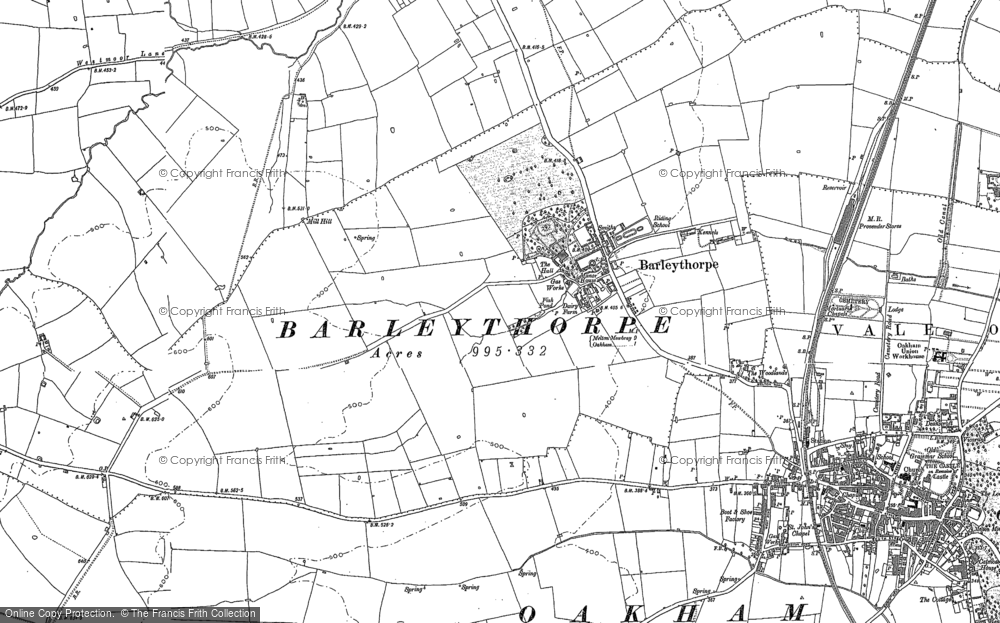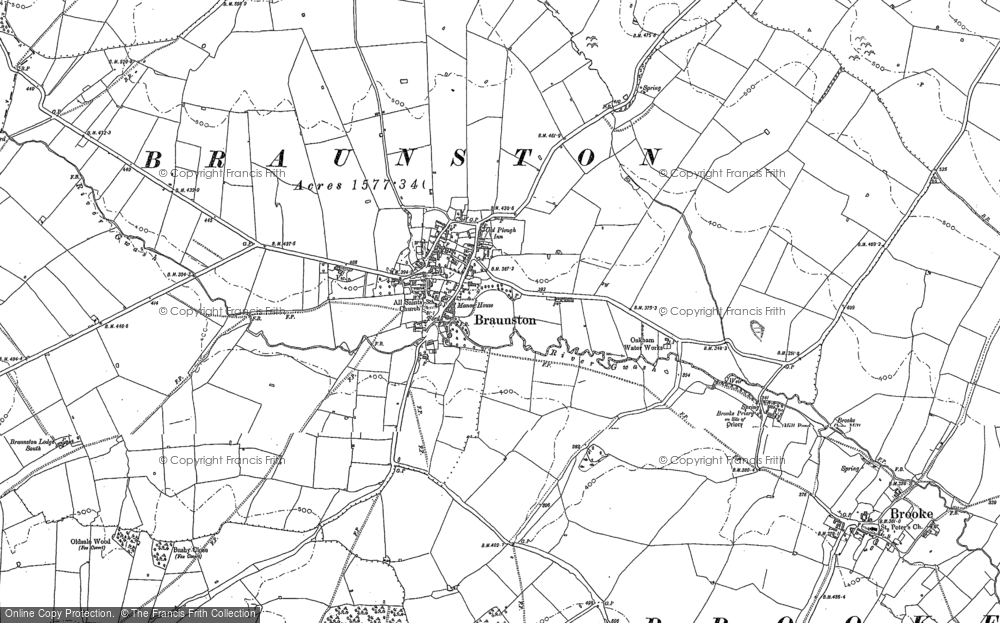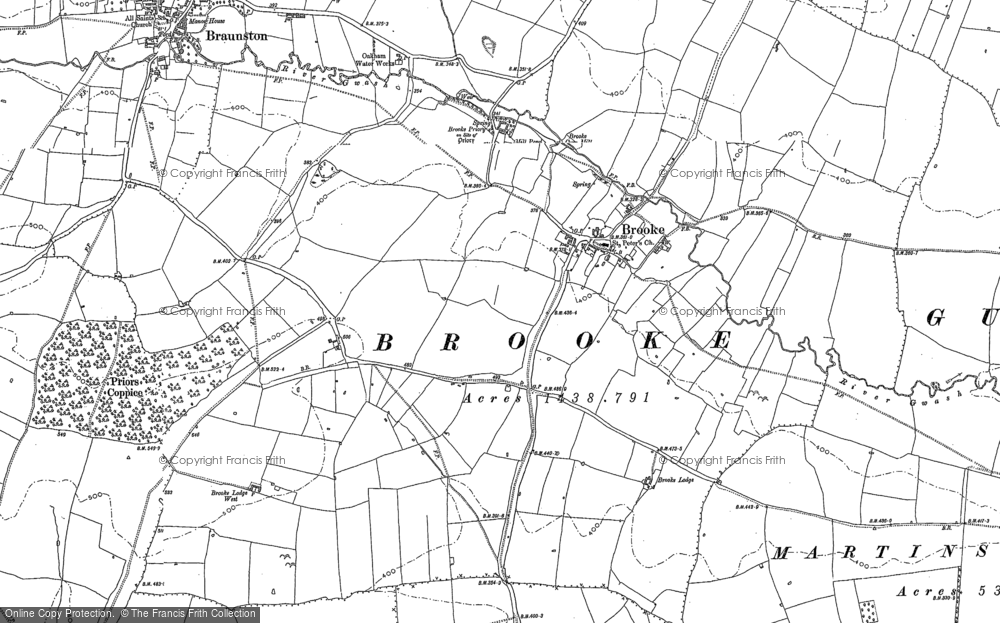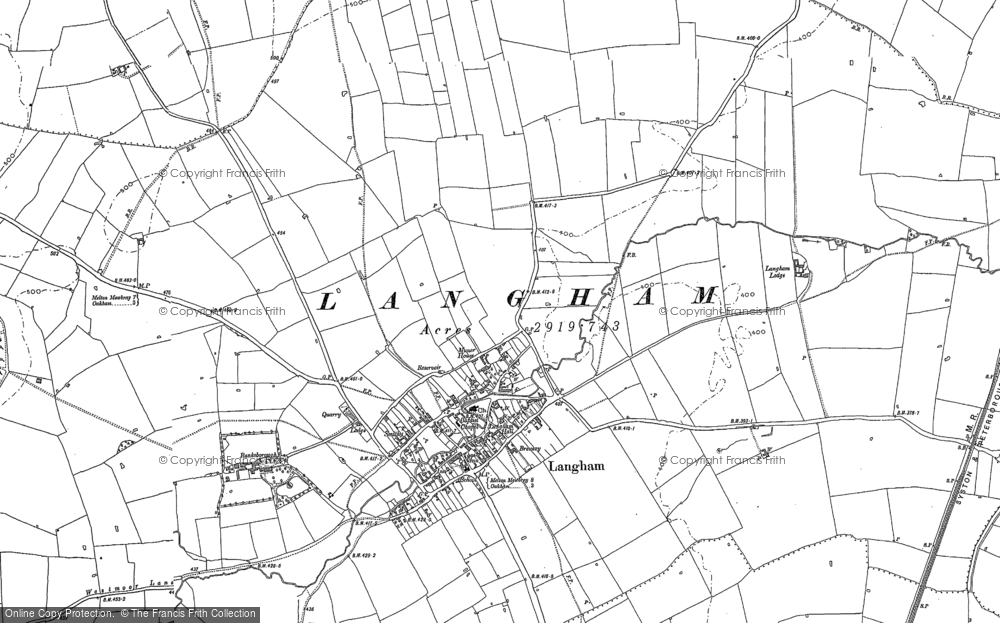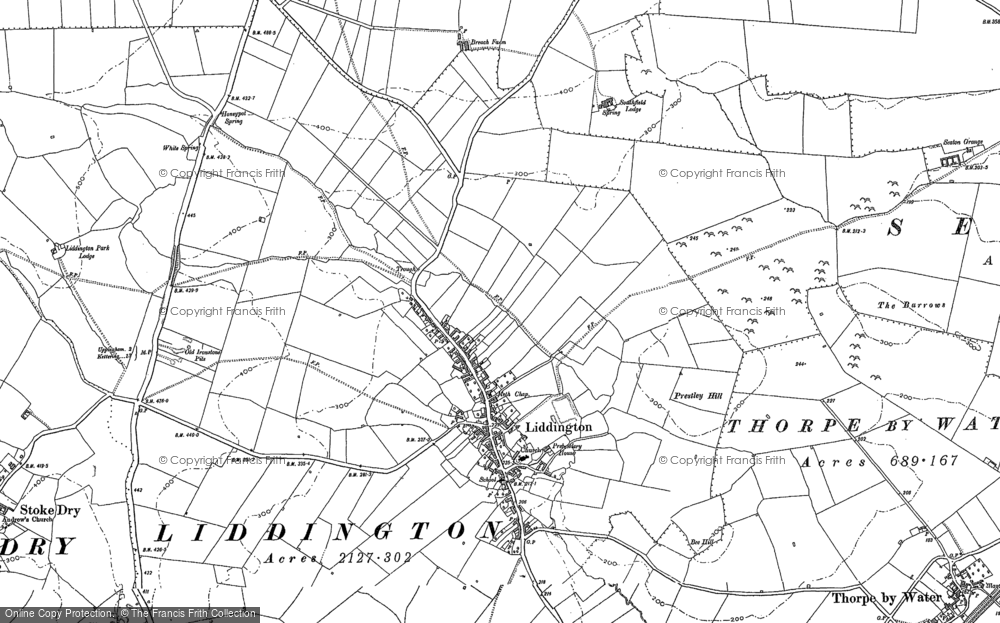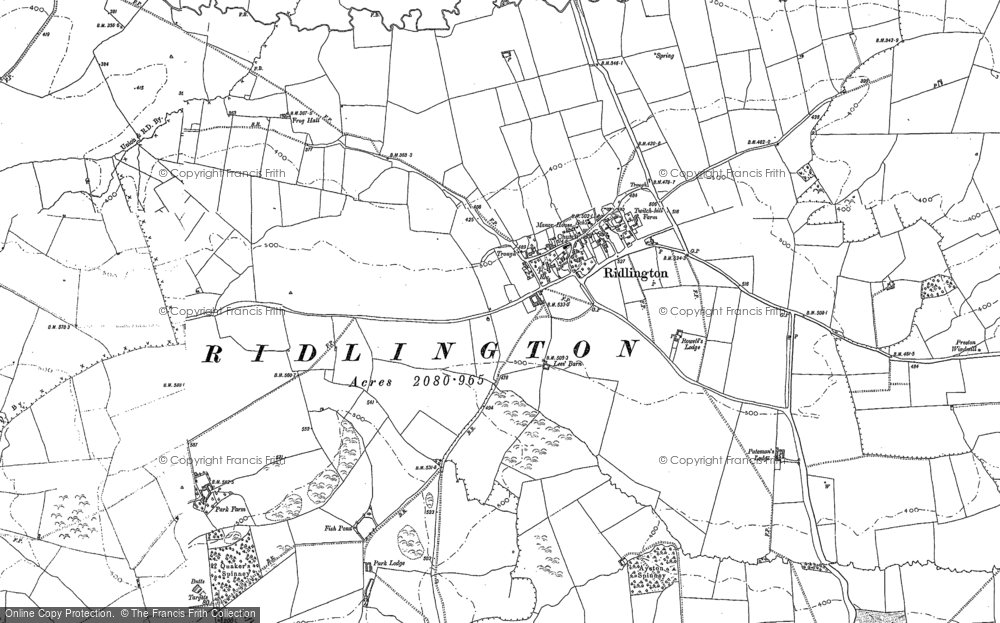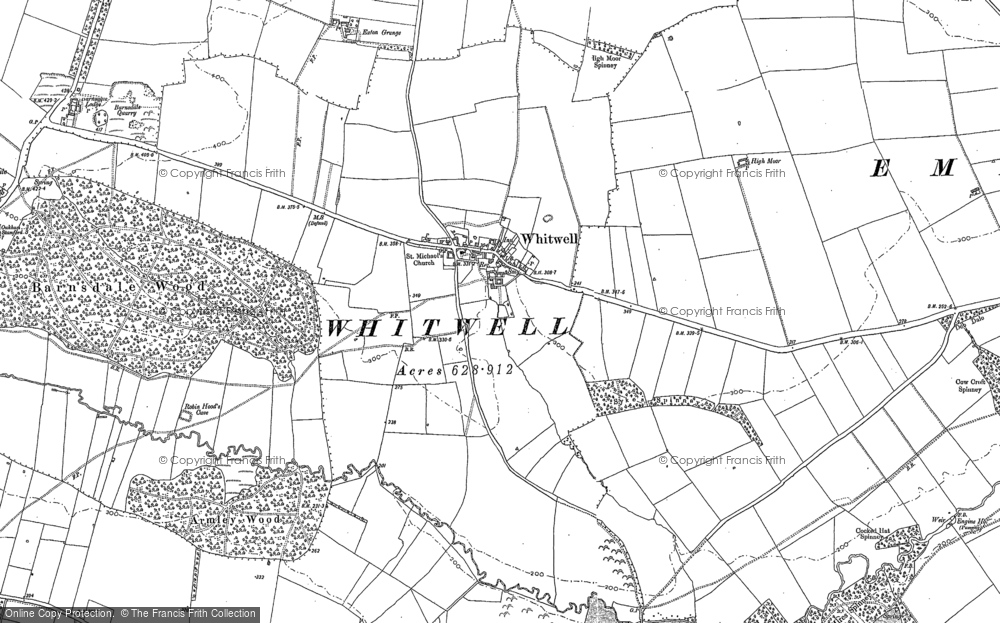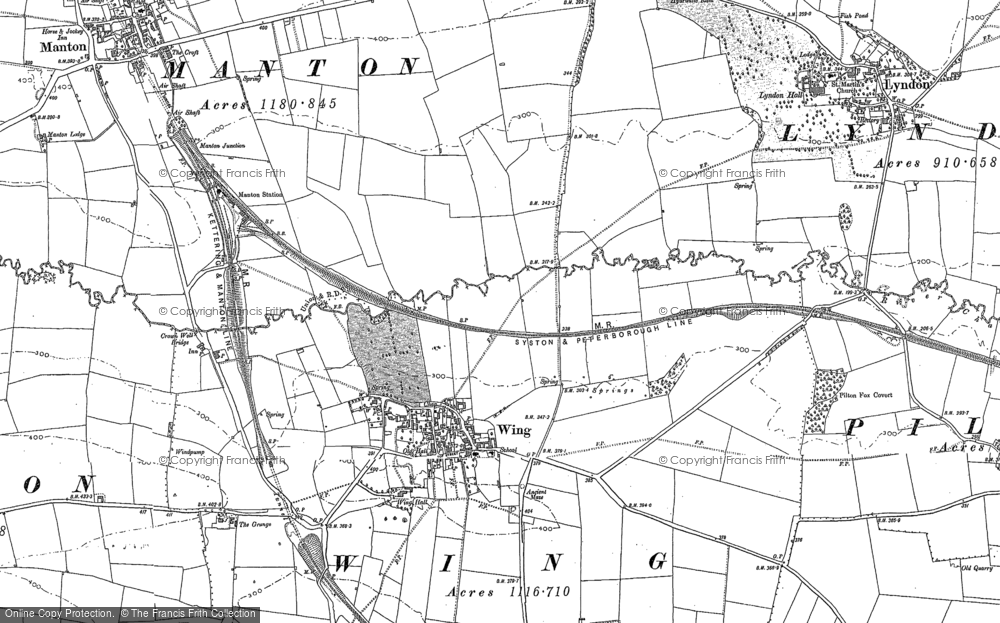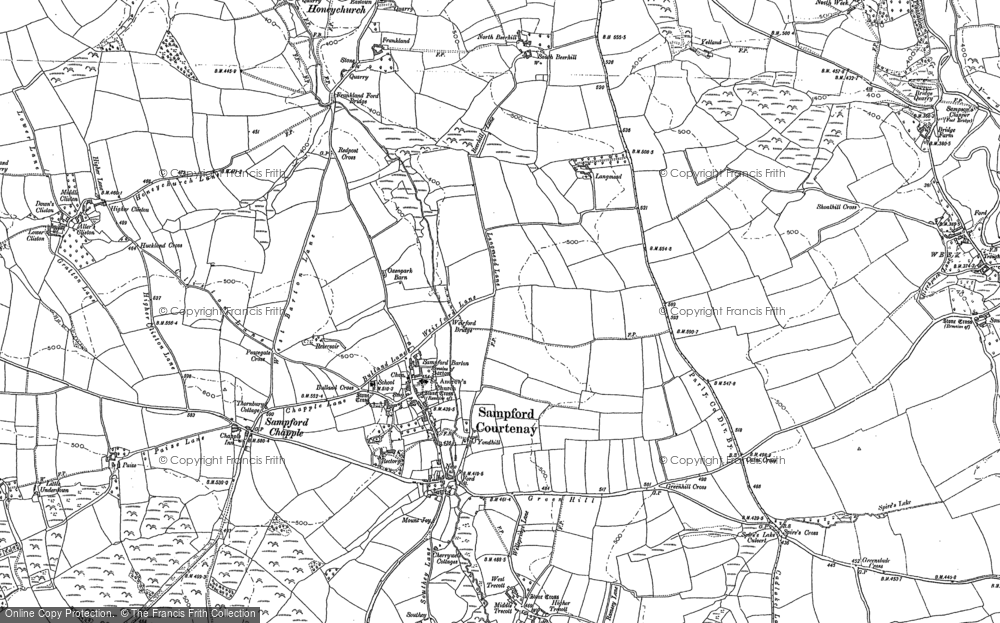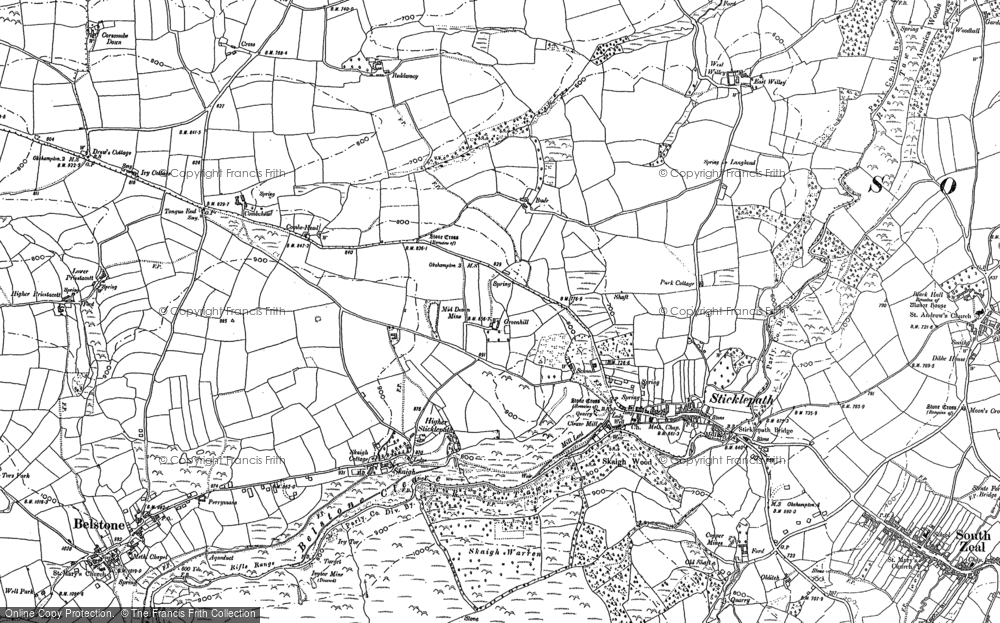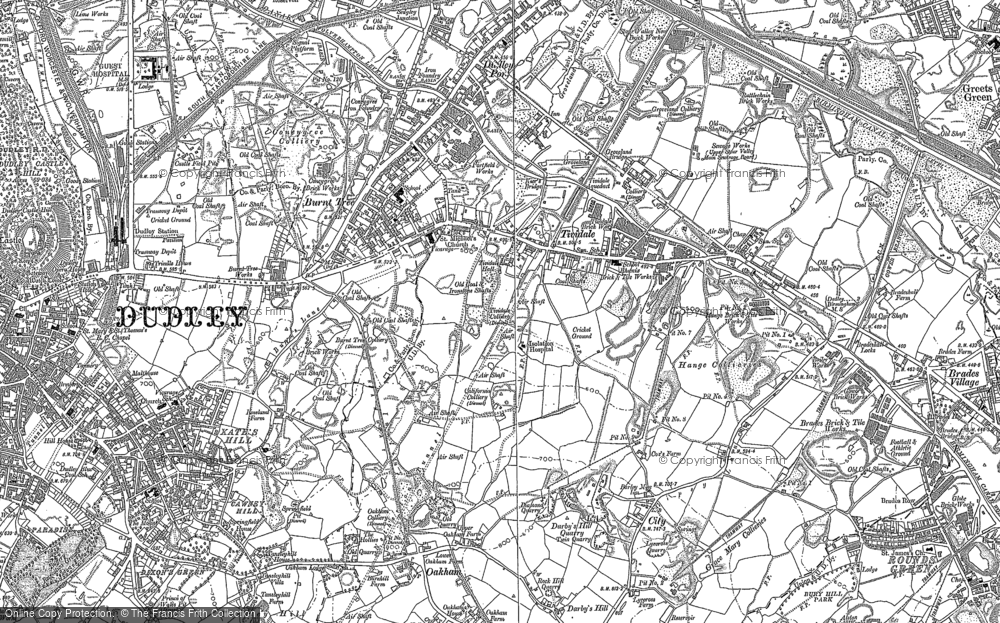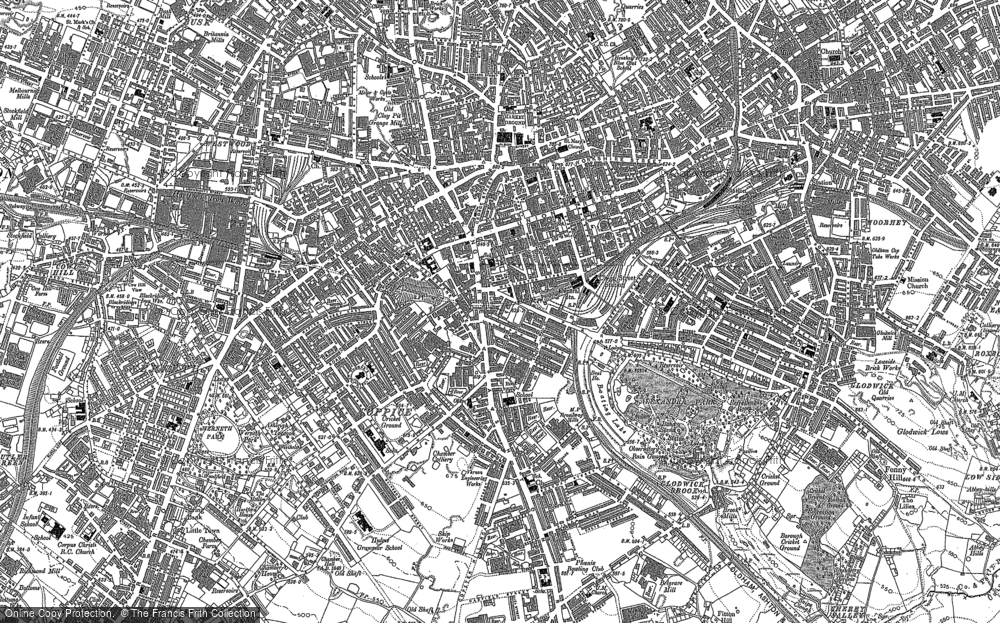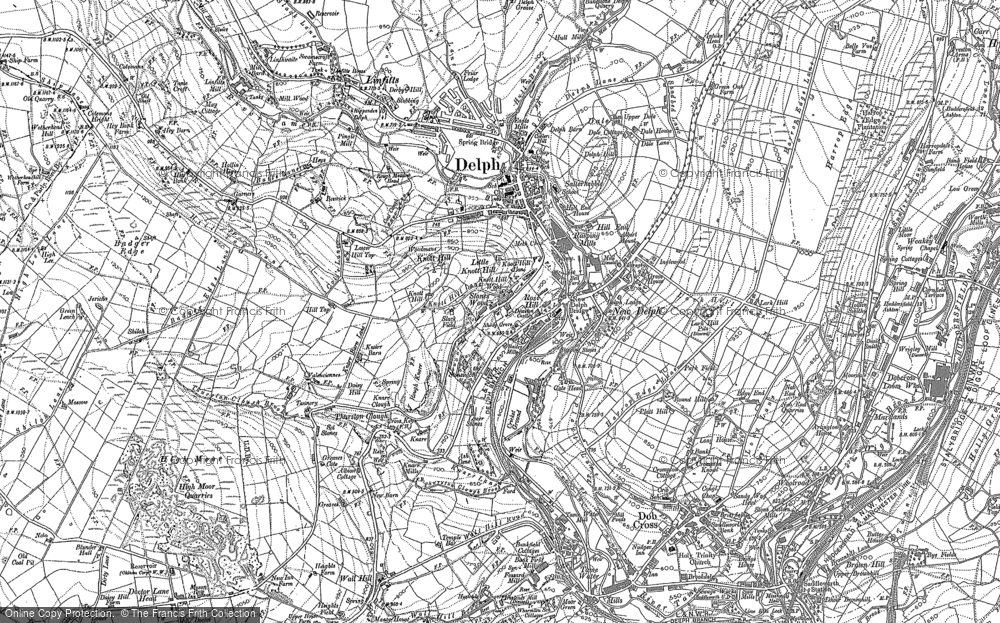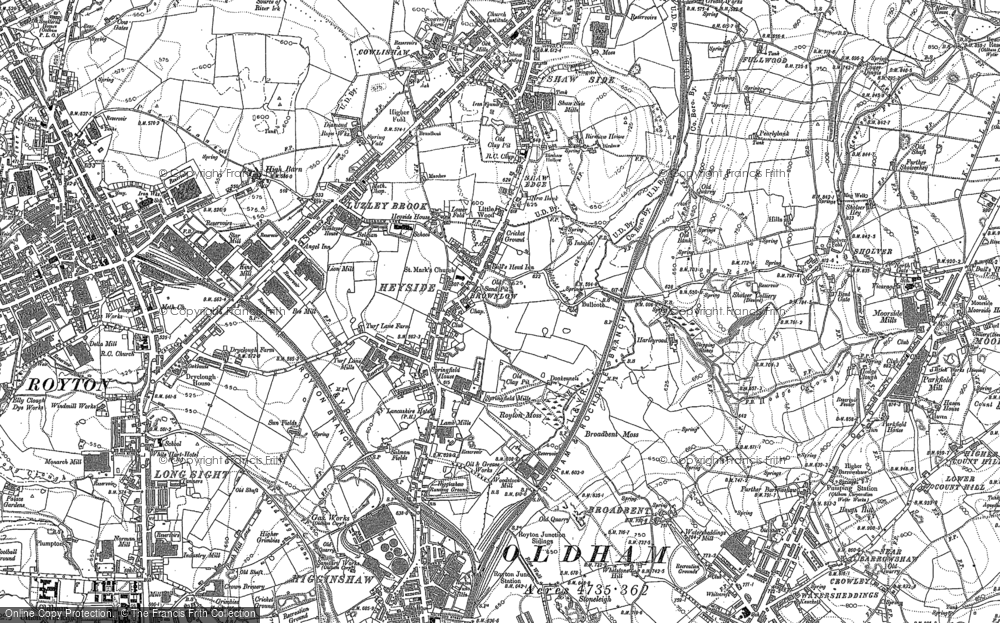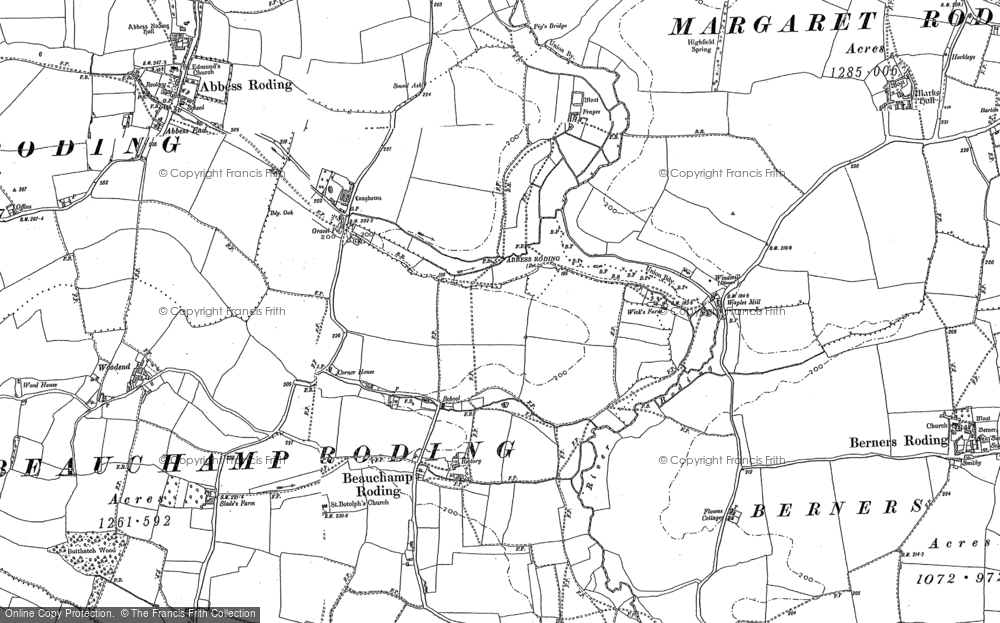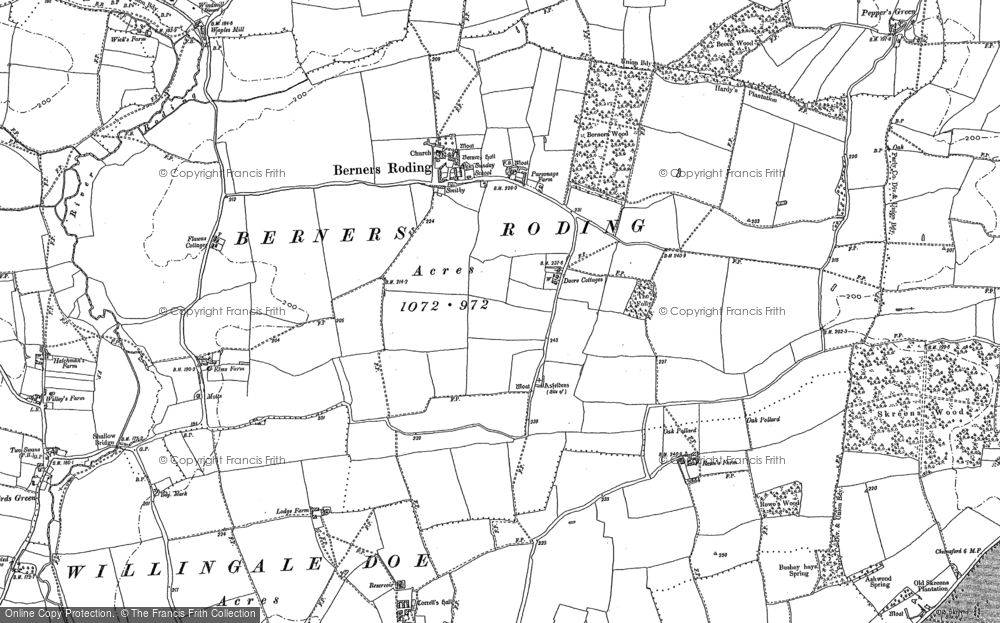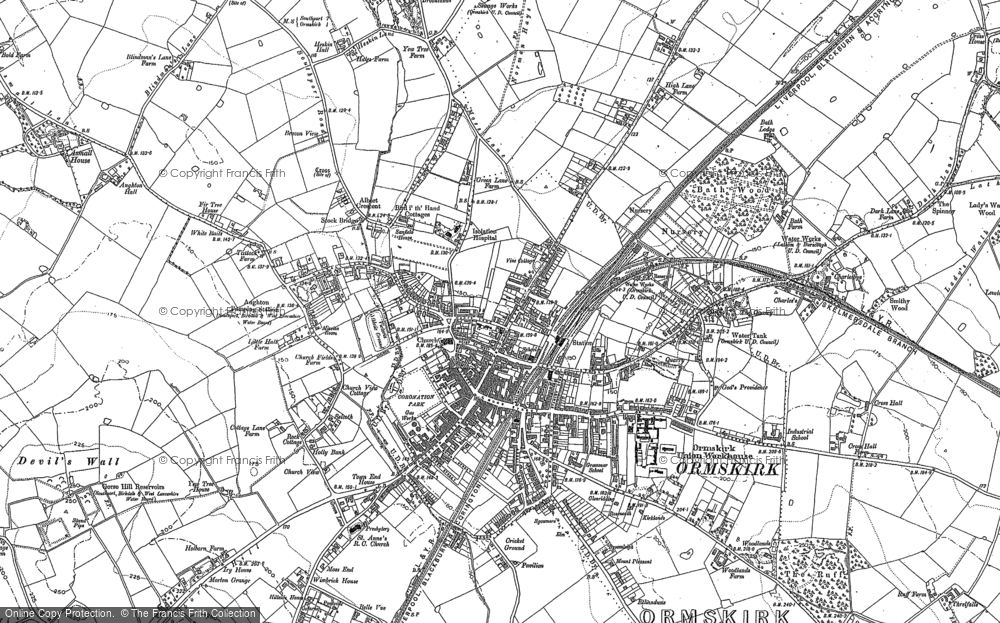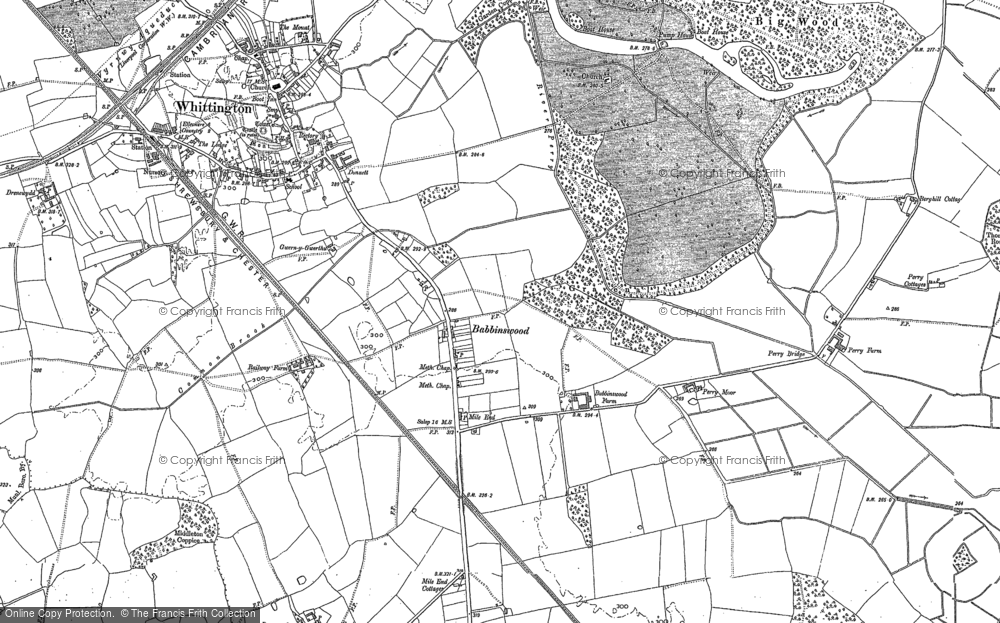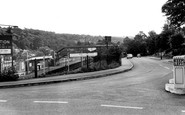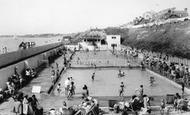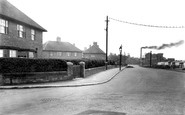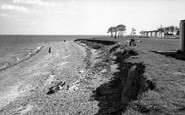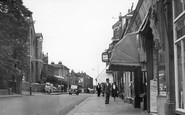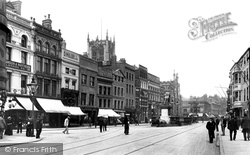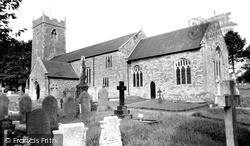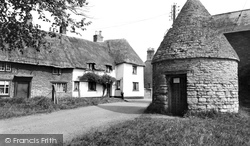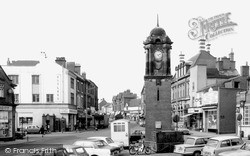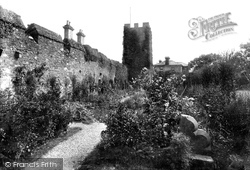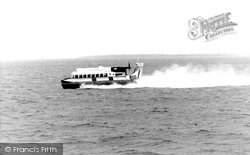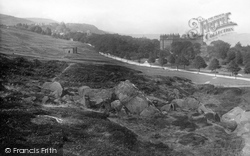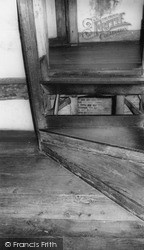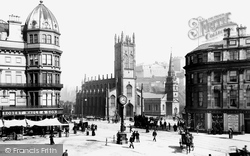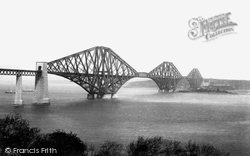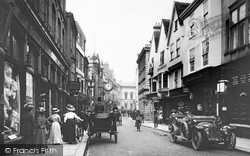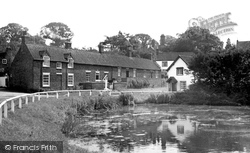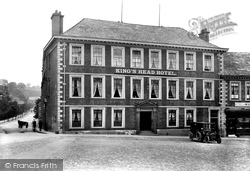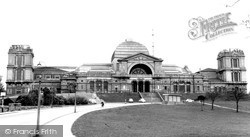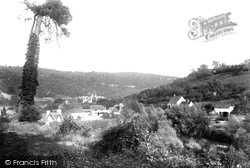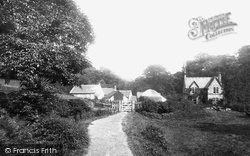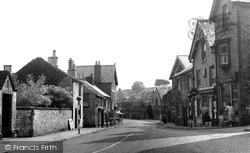Places
36 places found.
Those places high-lighted have photos. All locations may have maps, books and memories.
- Shanklin, Isle of Wight
- Ventnor, Isle of Wight
- Ryde, Isle of Wight
- Cowes, Isle of Wight
- Sandown, Isle of Wight
- Port of Ness, Western Isles
- London, Greater London
- Cambridge, Cambridgeshire
- Dublin, Republic of Ireland
- Killarney, Republic of Ireland
- Douglas, Isle of Man
- Plymouth, Devon
- Newport, Isle of Wight
- Southwold, Suffolk
- Bristol, Avon
- Lowestoft, Suffolk
- Cromer, Norfolk
- Edinburgh, Lothian
- Maldon, Essex
- Clacton-On-Sea, Essex
- Norwich, Norfolk
- Felixstowe, Suffolk
- Hitchin, Hertfordshire
- Stevenage, Hertfordshire
- Colchester, Essex
- Nottingham, Nottinghamshire
- Bedford, Bedfordshire
- Bury St Edmunds, Suffolk
- Aldeburgh, Suffolk
- St Albans, Hertfordshire
- Hunstanton, Norfolk
- Chelmsford, Essex
- Bishop's Stortford, Hertfordshire
- Peterborough, Cambridgeshire
- Brentwood, Essex
- Glengarriff, Republic of Ireland
Photos
9,106 photos found. Showing results 17,181 to 9,106.
Maps
181,006 maps found.
Books
11 books found. Showing results 20,617 to 11.
Memories
29,049 memories found. Showing results 8,591 to 8,600.
Memories Of Bedfont
These memories relate to about 1963-1966/7. My dad was a car salesman for more years than I care to remember, and worked at the car sales place in Bedfont. We knew a lot of people in the area (none, alas, on this site so far), ...Read more
A memory of Bedfont in 1963 by
Going To Work
When I was working for Nat West Bank in the 70s I used to travel on the train from Kenley Station every day to go up to Caterham and back. The up line terminates there while the downline goes via Purley to East Croydon and London, and ...Read more
A memory of Kenley in 1972 by
When Tarpots Had Real Shops
I remember when I first moved to Tarpots that we had proper shops. We had a butchers, greengrocer, baker, newsagent, and post office. You could get all you wanted without having to catch a bus to another town. Now ...Read more
A memory of Great Tarpots in 1979 by
The Original Slum
In order to accommodate an addition to the family, my parents decided to move into an upstairs flat in Parker Street, Byker. The flat consisted of 3 bedrooms, a sitting room and a small room with a sink and gas cooker which served ...Read more
A memory of Byker in 1957 by
Lee Pool
Although I used to take my two children to the pool from Stubbington when we lived there in the 1960s my memory is of the 1940s when it was an adult pool with a high diving board. A swimming gala was put on by the Navy and we sat ...Read more
A memory of Lee in 1965 by
Memories Of My Childhood In Rossington.
My story starts on the 1st of March 1950, the date of my birth at Doncaster Royal Infirmary. My parents Jack & Mary Flather lived in Old Rossington at 65 Haigh Crescent, living with relatives (Guy) ...Read more
A memory of New Rossington in 1950 by
My Mother
I am trying to create the memories that I don't have of my mother Ethel Lewis who was born in 1924 and lived at 58 Mount Pleasant, Merthyr Vale. I know she attended the primary school which is a couple of minutes' walk away. If ...Read more
A memory of Merthyr Vale by
A Seaside Holiday At Allhallows
My earliest memories of the seaside are from the 1950's. We lived in Bexleyheath and - like most people - did not own a car in those far off austerity years after the war. For this reason our summer holidays were ...Read more
A memory of Allhallows in 1954 by
H.L Daniel's Motorcycle Shop & Buckley's Bike Shop
I lived in Forest Hill in the 1960's on a road off Dartmouth Road. Two shops on the road stand out in my memory. Probably in 1965 both were still trading. H.L. Daniel was a Norton works motorbike ...Read more
A memory of Forest Hill in 1860 by
Stoneleigh Cottage Worth Matravers
My grandparents who lived in London bought Stoneleigh in 1926 and this is where my grandmother lived during WWII away from the bombing in the city. My grandfather, mother and her foster brother would come ...Read more
A memory of Worth Matravers in 1920 by
Your search returned a large number of results. Please try to refine your search further.
Captions
29,158 captions found. Showing results 20,617 to 20,640.
The ancient parish church of Holy Trinity dates from the 13th to the 15th centuries and has an unusual brick-built chancel.
Looking west along the High Street, we see buildings which are characteristic of North Norfolk: flints set in mortar, with brick facings.
Looking west along the High Street, we see buildings which are characteristic of North Norfolk: flints set in mortar, with brick facings.
St Augustine's church is of the Early English period, with a later Perpendicular embattled tower with pinnacles. It was restored in 1860.
Although the base of the building may be older, the village pound, or lock-up, was certainly in use during Victorian times.
Wednesbury grew rapidly between 1851 and 1861 with the opening of firms like the Old Park Works and Lloyds, Foster & Co.
The Bishops' Palace building was almost certainly attached to the inside of the curtilage wall; the bishops' tower has long been named by locals 'Coverdale's Tower'.
Ten years before, Cockerell's prototype hovercraft had made its first test runs off the mouth of the Medina.
The entrance is the small gateway just in front of the car. On the left is Leicester's gatehouse, which had been converted into a private dwelling.
This thatched cottage sits at the northern end of the village and was once a pub whose custom came from those travelling to and from Shropshire.
Just a short walk from the Hydro and you are on Ilkley moor. In the top left of this photograph is the old Semon Convalescent Home.
The two stairs here are raised to reveal the entrance to one of the hiding places, a small room that was hidden beneath two floor levels.
This photograph shows the junction of Hope Street, Queensferry Street and Sandwick Street. St John's and St Cuthbert's Churches, along with the castle, provide the backdrop.
Construction of the bridge commenced in November 1882. The first test trains ran from January 1890, and the official opening took place on 4 March 1890.
Here we see the junction of Hope Street, Queensferry Street and Sandwick Street. St John's and St Cuthbert's churches provide the backdrop along with the castle .
Bicycles appear to be a popular mode of transport for the ladies.
It is hard to believe that the main York to Beverley Road passes around the pond on the left. The village was built around the Manor House, later surrendered to Henry VIII after the dissolution.
Built as a town house for the lead mine-owner Charles Bathurst of Arkengarthdale c1720, its newly-fashionable hand-made bricks, three-storey height and eight bays must then have made it very prominent
The Palace was built to rival the Crystal Palace on Sydenham Hill in South London.
On the left, Marks and Spencer established a bazaar in 1932, later enlarging and heightening the building several times. The Co-op Bakery and Elite Café (now Saxone) has its awnings out.
The ruins of the abbey are visible in the distance. This photograph shows how Tintern nestles in amongst the surrounding hills.
The name Trethevy means 'place of the dead'.
Another view of the mill, showing the attractive double fronted mill manager's house. Note the large haystack in the centre foreground.
In the background (centre) is the Methodist chapel, a common feature of most former lead mining villages in the White Peak.
Places (6814)
Photos (9106)
Memories (29049)
Books (11)
Maps (181006)


